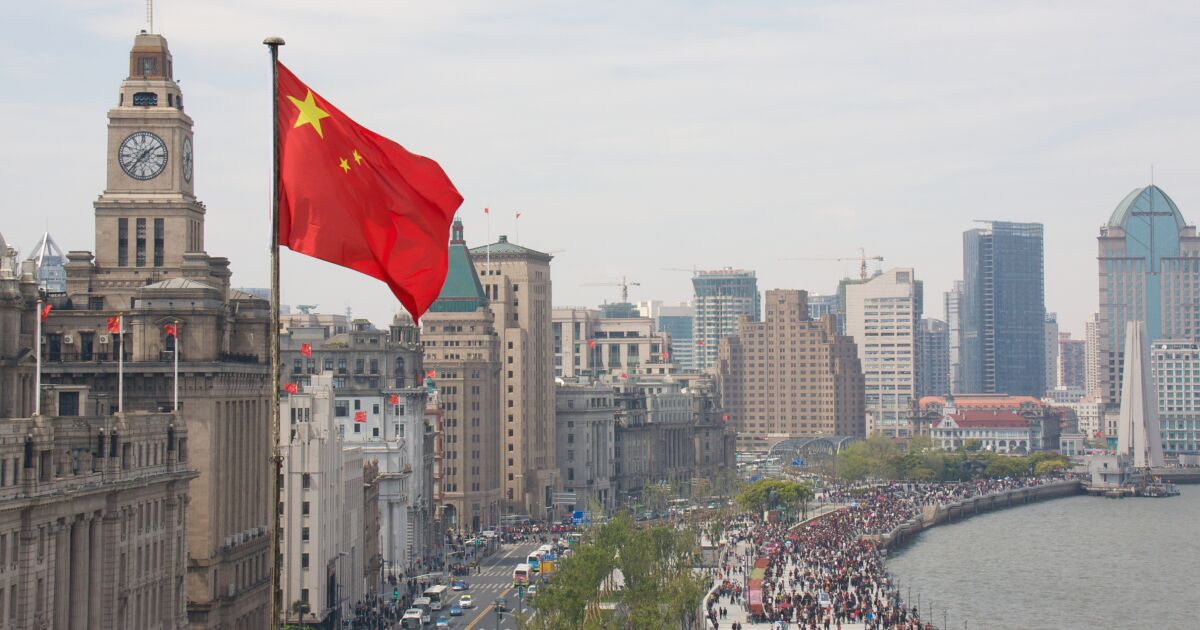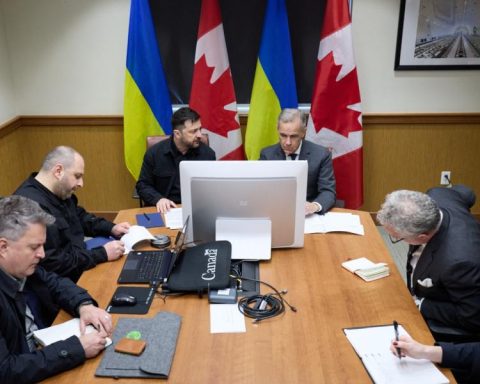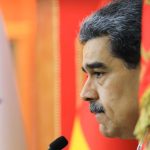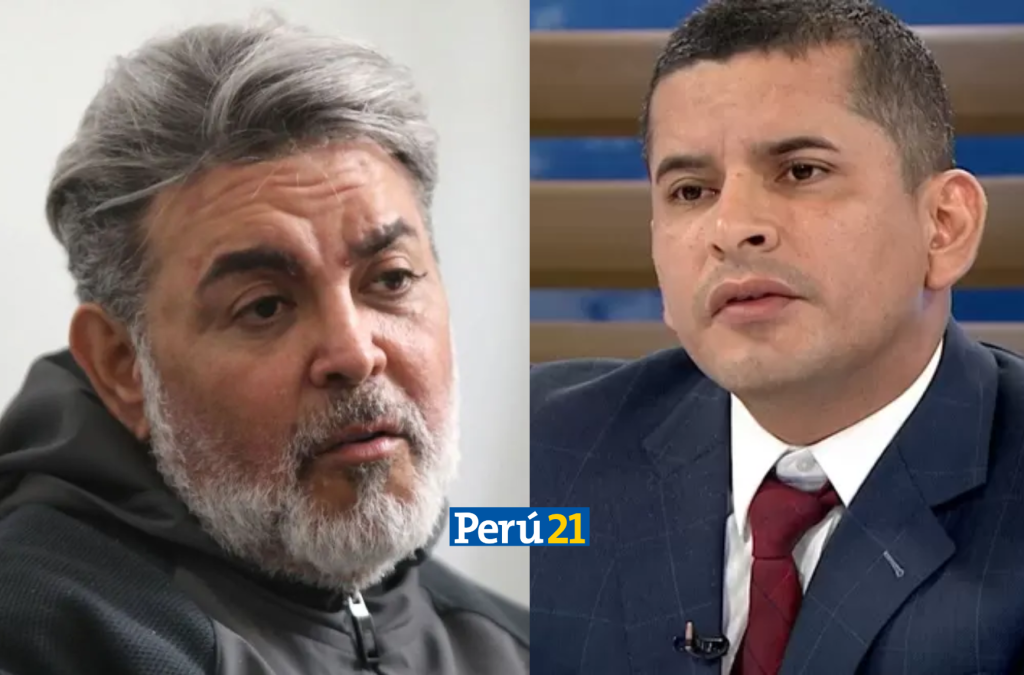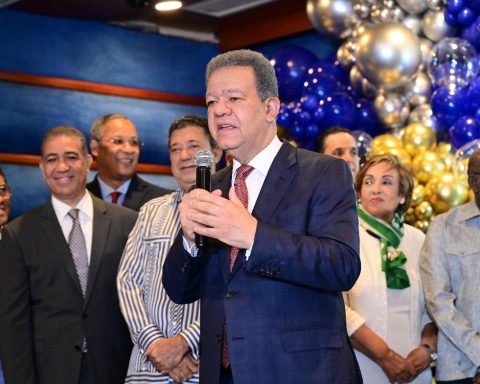However, analysts were skeptical about how productive the People’s Bank of China’s (PBOC) liquidity injections would be, given the extremely weak demand for credit from businesses and consumers, and pointed to the absence of policies aimed at supporting real economic activity.
“This is the largest stimulus package from the PBOC since the early days of the pandemic,” said Julian Evans-Pritchard, an analyst at Capital Economics.
“But on its own, it may not be enough,” he added. Evans-Pritchard believes further fiscal stimulus may be needed to return growth to a trajectory toward this year’s official target of about 5%.
Chinese stocks and bonds rose and Asian shares hit 2-1/2-year highs after Governor Pan Gongsheng announced plans to cut borrowing costs and pump more funds into the economy, as well as ease the burden on households of mortgage payments.
The yuan hit a 16-month high against the dollar.
Pan, speaking at a news conference alongside officials from two other financial regulatory agencies, said the central bank will cut by 50 basis points the amount of cash banks must hold as reserves, known as the reserve requirement ratio.
The People’s Bank of China will also cut its benchmark seven-day repurchase agreement (repo) rate by 0.2 percentage points to 1.5%. Deposit rates and other rates will also be lowered.
Support for the real estate sector
Interest rates on existing mortgages will also be cut by an average of 0.5 percentage points, Pan said, a move that could provide some relief for households but could raise concerns about banks’ profitability.
Pan did not specify when the measures would take effect.
China’s economy grew much less than expected in the second quarter, weighed down by a prolonged housing crisis and consumer concerns about job security. Economic data for August largely missed expectations, adding to the urgency for policymakers to launch further support measures.
“The move is probably coming a little late, but better late than never,” said Gary Ng, chief economist at Natixis.
